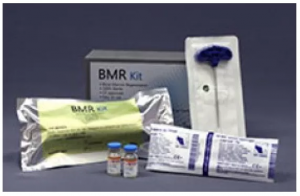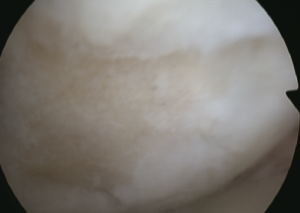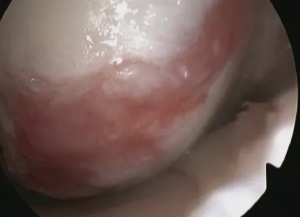Stem Cell Surgery
Dr. Amit is one of the few UK surgeons trained in the use of Stem Cells for cartilage repair.

See some more details here:
The technique is used for repairing damage to the articular cartilage in an otherwise healthy knee joint. It involves a standard keyhole surgery/arthroscopy technique coupled with drawing off some bone marrow from the hip (whilst you are asleep under anaesthetic). Your stem cells are then extracted by a special process involving filtering and centrifuge. These are then introduced into the hole or ‘defect’ in your cartilage in the joint and glued there using a special biological glue with works on the principles of blood clotting. This is all done quickly and safely via keyhole surgery. The surgery takes less than an hour and you can usually go home the same day.
Why stem cells?
Stem cells have the capability of turning in to any sort of cell in the body and have amazing healing potential. In the knee, they can be used to grow new cartilage which would not otherwise heal or repair itself. This is a real breakthrough as usually damage to the cartilage is permanent and worse still it deteriorates with time and use.
The old-fashioned techniques, called MACI, for cartilage regeneration took 2 operations, with the second one being open surgery and a long and protracted recovery. MCIC is a real improvement on this. Its just one operation and a fast recovery with really good success rates.
Who is it suitable for?
Stem cell surgery is used to repair damage in an otherwise healthy joint. Imagine a cricket pitch where someone has dug up a piece of turf. If you were to prepare the bare soil, sow some new grass seed, fence it off then look after it for the next few weeks, fairly soon your cricket pitch would be whole again. This is a bit like what we can achieve in a good knee, where there has been an injury and some cartilage has been scuffed off. This is the ideal case and should do really well.
Many people wonder whether it can reverse arthritis. There is some suggestion that it can be used in cases of early arthritis, but the success rates are not as good. The analogy would be going to the local rubbish dump, digging the soil and sowing grass seed there. It is not likely to rapidly become a cricket pitch, but you may get some grass to grow. Sadly in arthritis, the underlying bone is diseased as well as the cartilage wearing out, much like the contaminated soil of a rubbish dump!

Above is a Bare bone defect (the yellowish part) within the knee needing a new cartilage covering

Here is the same defect with the red jelly-like layer being the glue containing hundreds of thousands of stem cells which will soon become new cartilage.
What is the recovery like?
This depends on where in the knee the defect is. We need to protect the area where the cells are implanted so they don’t get damaged while they are growing into new cartilage. If this is in the shin bone – thigh bone joint then you will need crutches and to keep the weight off the leg for six weeks, if this is in the kneecap joint then we will use a brace to stop the knee bending too much for 6 weeks but you will be able to take full weight with the leg straight. After six weeks you are set free, but it is about six months before you will be ready for sport and impact. Most people sail through the recovery.
